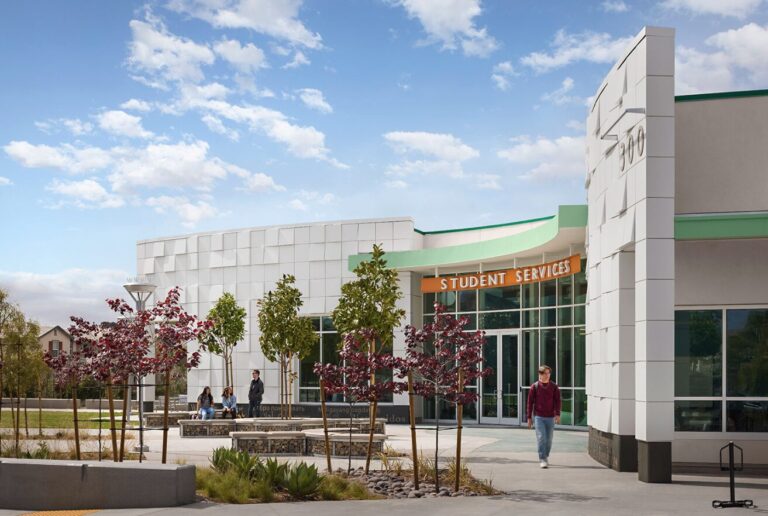By Melanie Slone
National Latino Research Center (NLRC)
The National Latino Research Center (NLRC) team at Cal State San Marcos, led by Dr. Konane Martinez and researchers Luna Prieto, Rosalva Romero Gonzalez, and Ana María Ardón, put together data from the U.S. Census Bureau, U.S. Department of Education, and California Department of Education to look at educational disparities, highlighting these differences in the North County San Diego region. Ardón prepared the presentation Latina/o Communities and Education in North County San Diego: A Research Brief.
“This brief provides portraits of the challenges Latinos face in public education,” says Dr. Martinez, NLRC Faculty Director. At the same time, she reminds us that, “Behind all the data described here are Latino families with a long legacy of resistance, strength, and perseverance. The current statistics fail to tell the whole story of these families.”
Latinos make up a strong portion of the workforce in our region, meaning they need better educational opportunities to help us all grow and prosper. “Education is the catalyst for progress… the foundation for the success of not only our students, but our entire region,” says Dr. Star Rivera-Lacey, the president and superintendent of Palomar College.
Latino Growth
The Latino community in the United States has seen the most growth in the past 15 years, with a 29% increase. Latinos are the largest contributor to US population growth, and much of the growth has taken place in California, where 40% of the population is now Latino.
These numbers mean there are more Latino students than ever. Across the United States, in 2021–2022, the enrollment of Latino students in public K–12 schools increased from 24 to 29%, whereas enrollment of White students decreased from 51 to 44%.
At the same time, Latino students are twice as likely as Whites or Asians to attend mid- to high-poverty schools. Although Latino students comprise the largest ethnic group in California, with 56%, only 21% of teachers are Latino.
California has the largest English Learner population in the nation, at 21%, with 93% of these students speaking Spanish.
North County Student Disparities
Here in North County, 37.9% of residents in the 78 Corridor from Oceanside to Escondido identify as Latino or Hispanic, and more than 50% in Vista and Escondido do. In public schools in North County, only Carlsbad has a majority White population. In some North County public school districts, Latinos comprise up to 78% of students and in some public elementary schools, 90% of students are Latino.
Although high school graduation rates have improved, Latinos still show the lowest numbers. Plus, Latino students are almost twice as likely to graduate high school without meeting UC or CSU course requirements to attend a four-year university in the region.
Although Latino students still have higher poverty, suspension, and school expulsion rates, many are moving forward. At Cal State San Marcos, more than 51% of the students identify as Latino, the great majority being Latinas. Only 36.8% of Latino students there are males, showing a significant gap.
Opportunity
San Marcos is home to both Palomar College and Cal State San Marcos, providing opportunity for all North County students. Palomar offers not only a path to four-year college but also direct career training programs, health career paths, professional internships, and much more, so if college is not in someone’s plans, there are still pathways to professional success.
Dr. Rivera-Lacey says Palomar college has something for everyone. Nearly 45% of students receive financial aid, and 70% identify as ethnically diverse.
MiraCosta College in Oceanside is another pathway to higher education and professional opportunities in the North County.
Dr. Patricia Prado-Olmos, Chief Community Engagement Officer at CSUSM, highlights the role of higher education in the future prosperity of San Marcos and North County overall. Cal State San Marcos is growing in health and engineering fields, and “8 of 10 of its graduates choose to remain” in the area after graduation, she adds.
Closing the disparities in education for Latinos and other minority groups is one way to guarantee the future success of North County and all who live here.




